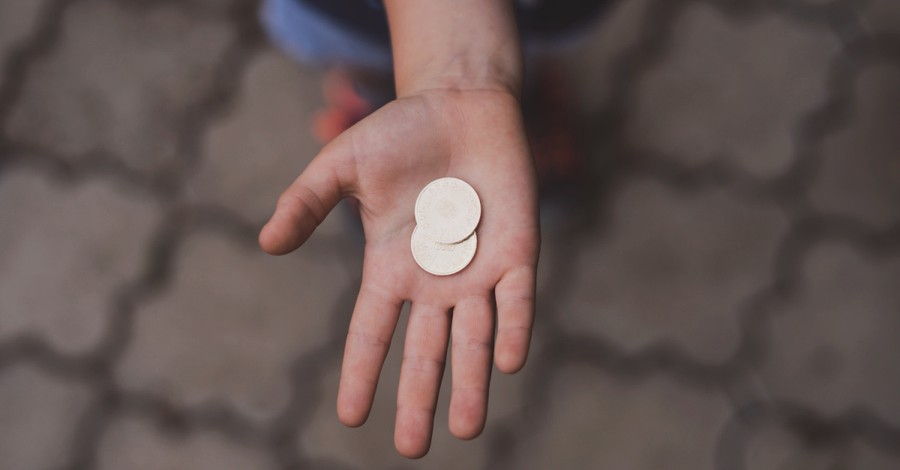
Israeli archaeologists working for the Israel Antiquities Authority (IAA) have discovered a Byzantine-era gold coin depicting Jesus’ Crucifixion.
According to CBN News, the coin was one of several artifacts found during an excavation by Ramat Ha-Sharon, a city near Tel Aviv.
The rare gold coin was believed to have been minted in 638 or 639 AD by the Byzantine emperor Heraclius. Heraclius is depicted on one side of the coin, while the Crucifixion is displayed on the other.
The coin also features an inscription, believed to possibly be the owner’s name. The inscription was made in Greek and possibly in Arabic.
Dr. Yoav Arbel, the director of the excavation, asserted that the findings provide further insight into what life was like during the Byzantine period some 1,500 years ago.
“The excavation unearthed evidence of agricultural-industrial activity at the site during the Byzantine period – about 1,500 years ago,” Dr. Arbel explained.
Along with the coin, Arbel said the archaeologists also found “a large winepress paved with a mosaic as well as plastered installations and the foundations of a large structure that may have been used as a warehouse or even a farmstead.”
“Inside the buildings and installations, we found many fragments of storage jars and cooking pots that were evidently used by laborers working in the fields here. We also recovered stone mortars and millstones that were used to grind wheat and barley and probably also to crush herbs and medicinal plants,” he continued. “Most of the stone implements are made of basalt from the Golan Heights and Galilee.”
A bronze chain belonging to a chandelier was also unearthed during the excavation. Chandeliers, which held glass lamp holders, were usually used in churches during the Byzantine era.
Scientists further found a glass-making workshop and a warehouse where four large jars were discovered. The jars were believed to have been used for storing grain.
“In this period, people were not only working at the site but also living there, because we discovered the remains of houses and two large baking ovens,” Arbel said.
The site also had evidence of a Muslim conquest that took place in the seventh century.
Photo courtesy: Jordan Rowland/Unsplash
Milton Quintanilla is a freelance writer and content creator. He is a contributing writer for CrosswalkHeadlines and the host of the For Your Soul Podcast, a podcast devoted to sound doctrine and biblical truth. He holds a Masters of Divinity from Alliance Theological Seminary.










